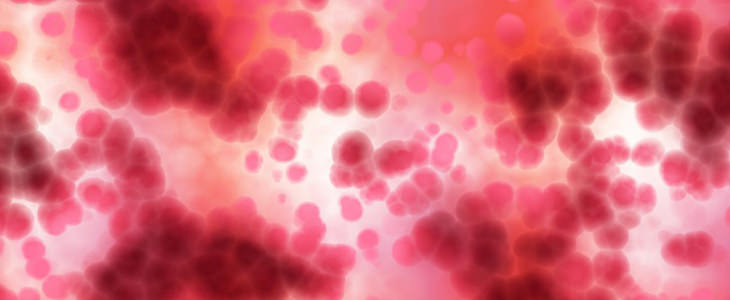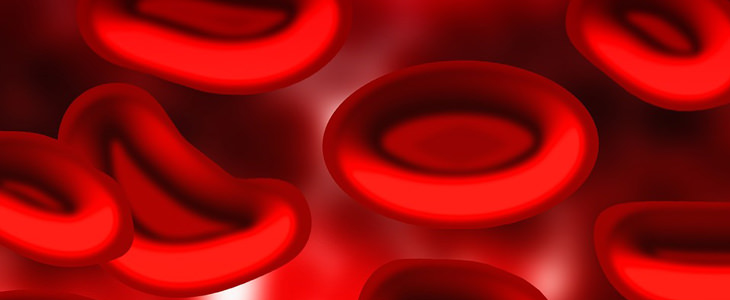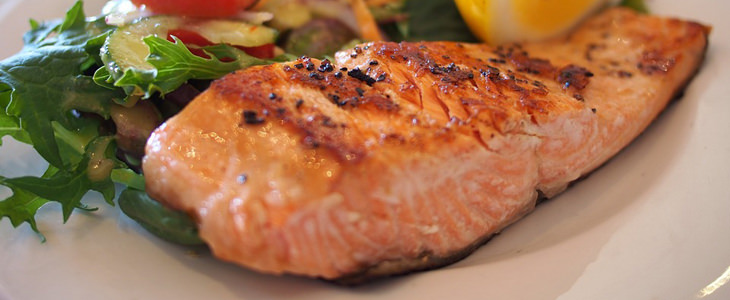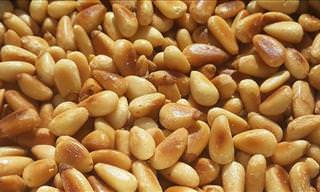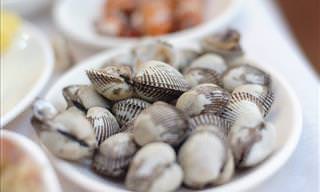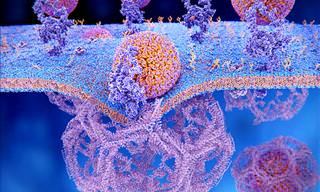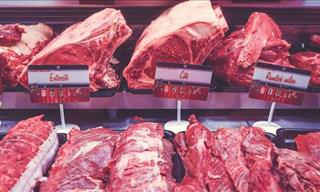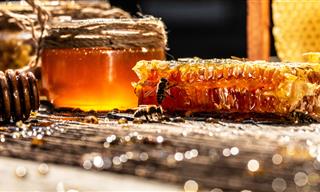Anemia is a condition that occurs when not enough oxygen-carrying red blood cells are being delivered to your body's cells and organs. People with anemia look worn out and have less energy for activities because their hearts are working harder to pump red blood cells around their bodies.
Anemia is not a disease, so it's easily treatable. Sometimes it’s triggered by other diseases. If you suspect you might be anemic, it's really important to get in touch with a medical professional. A blood test easily confirms whether you have anemia or not. Now, let's look at why you might develop anemia.
Why Would I Get Anemia?
Anemia also occurs when your body doesn't produce enough red blood cells, or there isn't enough hemoglobin in your red blood cells. Hemoglobin is an important protein, which transports oxygen from the lungs to other cells in your body.
If all these new scientific terms are confusing you, it might be easier to imagine the blood in your body as a transport system, where the red blood cells are the vehicles and the oxygen is the passenger who needs to go work on your cells and organs.
If you lose a lot of blood, or blood is being lost faster than new blood cells are being produced, you may become anemic. Women are more likely to develop anemia due to heavy menstruation, pregnancy, or from bleeding after giving birth. Blood loss from trauma, surgery or internal bleeding caused by ulcers or other digestive disorders can also cause anemia.
Types of Anemia
There are several different kinds of anemia. The most common one is iron deficiency anemia, i.e. you have low levels of iron or are unable to absorb iron easily. Other nutritional deficiencies cause anemia such as vitamin B12 deficiency anemia or folic acid deficiency anemia. In rare cases, anemia is caused by inherited blood diseases such as sickle cell anemia, Aplastic anemia, or Thalassemia.
How to Tell If You Have Anemia
Anemia isn't initially obvious. When you have mild to moderate anemia, you will feel weak, be fatigued and experience shortness of breath. If the condition is not detected early, more symptoms might develop such as a racing heartbeat, dizziness, headaches, ringing in the ears and restless leg syndrome. Additionally your skin and fingernails will look pale, and you might have increased hair loss. As mentioned before, the best way to tell if you are anemic is by getting a blood test.
Signs and Symptoms:
Mild Anemia:
- Weakness
- Fatigue
- Shortness of breath
Moderate to Severe Anemia:
- Rapid heartbeat
- Dizziness
- Headaches
- Ringing in the ears
- Restless leg syndrome
- Hair loss
- Pale skin
Additional Signs:
- Pale or brittle fingernails
- Cold hands and feet
- Low body temperature
- Sexual dysfunction
- Cuts take longer to heal
- Inability to concentrate
Treatment & Home Remedies
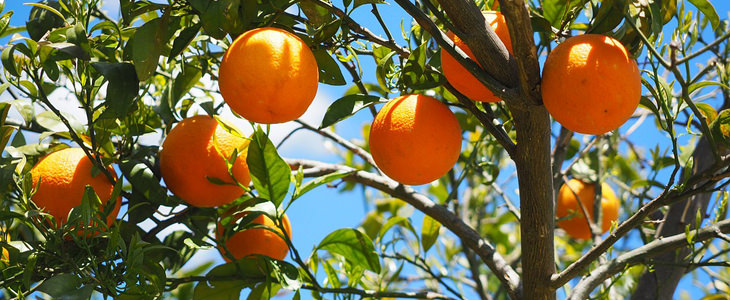
Iron Pills
Since the most common cause of anemia is low levels of iron, your doctor can prescribe iron pills, or you can buy supplements over the counter at a pharmacy. If one ingests too much iron, it can be toxic, and it is recommended you consult your doctor regarding the correct dosage for your age and weight.
Bananas, Honey, Almonds and Onions
The good news is that not only are these foods delicious, but they are also known for stimulating hemoglobin production. Start your day off by combining bananas, honey and almonds in oatmeal or with muesli for a nutritious breakfast.
Avoid Iron-Blocking Foods
Certain foods need to be avoided close to meal times as they can prevent iron absorption.
- Red wine, black and green tea, grapes, all heavy in tannins
- Coffee, chocolate, and other caffeine laden foods
- Milk and calcium products
- Egg yolks, which contain the iron binding protein phosvitin
- Soy products
Vitamin C
This super vitamin helps iron absorption. Vitamin C is found in many of nature's colorful fruits and vegetables and is particularly rich in oranges, strawberries, pomegranates or dates.
Iron-Rich Food Options
Iron can also be obtained through your regular diet and making healthy food choices can only help. Here is a list of iron-rich foods, with choices for both meat lovers and vegetarians.
Meat-eaters' options
- Clams
- Oysters
- Fish
- Red meat
- Chicken liver
Vegetarian options
- Fortified dry cereal
- Beets, lentils, and beans
- Spinach, or other leafy green vegetables
- Black molasses
- Dried fruits such as raisins, currants, and prunes
Related Articles:
1. 6 Juices that’ll Treat Anemia and Its Symptoms
2. 10 Foods That Boost Your Immune System
 Go to BabaMail
Go to BabaMail


